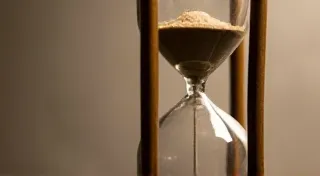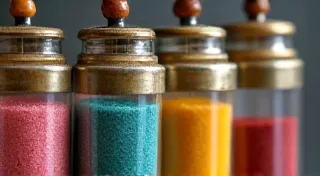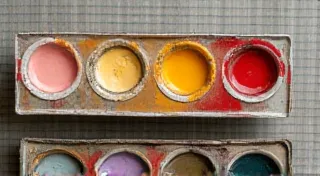Beyond the Bowl: Integrating Herbal Infusions into Daily Rituals
There's a quiet beauty in the rituals we share with our beloved companions. The morning walk, the evening cuddle, the playful chase – these moments weave the tapestry of our lives together. But what if we could enrich these rituals, layering in the ancient wisdom of herbal infusions, crafting moments of shared wellness that resonate with a deeper connection? The idea of offering tea to our dogs, cats, or rabbits might seem unconventional, a step away from the standard kibble and water bowl. Yet, much like a finely restored antique accordion—an instrument that breathes life and history with every bellows push—herbal blends offer a gateway to a richer, more nuanced understanding of our pets' well-being.
My grandfather, a quiet man of meticulous hands, collected accordions. Not just any accordions, mind you. These were instruments that had lived, that had traveled, that had likely serenaded generations. He’s the one who first instilled in me an appreciation for the painstaking craft behind a lasting legacy. Each button, each reed, spoke of an era, a culture, a skill passed down through generations. He's the one who showed me how to care for these fragile masterpieces, patiently cleaning, oiling, and occasionally, repairing them. He used a similar philosophy when tending his garden – appreciating each plant's unique properties and nurturing its health. That philosophy extends beautifully to the idea of supporting our pets naturally, and herbal infusions offer a potent path.
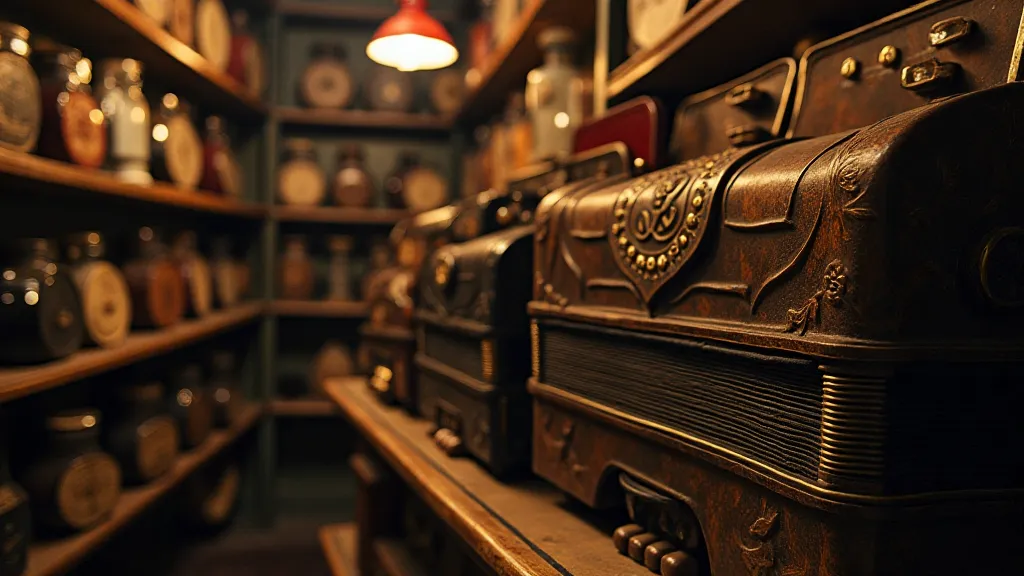
The Historical Tapestry of Herbalism and Animals
The practice of using herbs for animal health isn’t a modern invention. For millennia, farmers and healers across cultures have relied on plant-based remedies to support their livestock and working animals. Ancient Egyptian texts detail herbal preparations for horses, while traditional Chinese medicine has long incorporated botanical ingredients into animal care. Think of the shepherd tending his flock, not just providing sustenance, but subtly supporting their health with plants growing wild. This knowledge, passed down through generations, represents a deep understanding of the natural world and the interconnectedness of all living things. Understanding this history helps us appreciate the holistic approach our ancestors took – a philosophy often lost in our modern approach to pet care. Sometimes, reconnecting with that old-world wisdom requires careful consideration, a deliberate effort to learn the legacy of the herbalist and the traditions that informed their practices.
Our modern approach to pet care has, in many ways, distanced us from this ancestral wisdom. We’re often conditioned to rely on pharmaceuticals and standardized approaches. However, the growing interest in holistic pet care demonstrates a desire to reconnect with these more traditional methods – a yearning to provide our pets with not just basic sustenance, but true, multifaceted wellness. Just as a skilled restorer doesn’t simply replace broken bellows on an accordion; they understand the mechanics, the wood's properties, the instrument’s original intention – so too, with herbalism, we need to appreciate the nuances of each ingredient and how it interacts with our pet’s unique physiology.
Crafting Safe and Beneficial Tea Blends for Your Pet
Before we dive into specific recipes, let's address the crucial element of safety. Not all herbs are safe for pets. What's beneficial for humans can be toxic to animals. The same meticulousness required to tune an accordion – checking each reed for perfect pitch – is needed when selecting herbs for your pet. Extensive research is absolutely essential. We're talking about more than just a quick Google search; consulting with a veterinary herbalist is highly recommended, especially when dealing with animals with pre-existing health conditions. And the assessment of acceptance itself is a crucial element—it's more than just a taste test; it’s about understanding your pet’s individual preferences and reactions to different herbal blends. You can learn more about beyond the taste test and what acceptance truly means for your pet.
Some generally considered safe and beneficial herbs for dogs, in moderation, include chamomile (for calming), peppermint (for digestion - use sparingly), and dandelion leaf (a gentle detoxifier). For cats, the list is significantly more limited. Catnip, of course, is a feline favorite, but always offered in controlled amounts. Valerian root can be calming, but again, use cautiously. Rabbits, with their sensitive digestive systems, require even more careful consideration. Dandelion leaf, parsley, and chamomile (in tiny amounts) are sometimes offered, but with constant observation for any adverse reactions. Remember, "safe" isn't synonymous with "without consequence." Even gentle herbs can cause upset if administered incorrectly. The impact on their kidneys, particularly in older animals, can also be a factor; exploring ethereal infusions to support kidney health in senior pets can be a proactive measure.
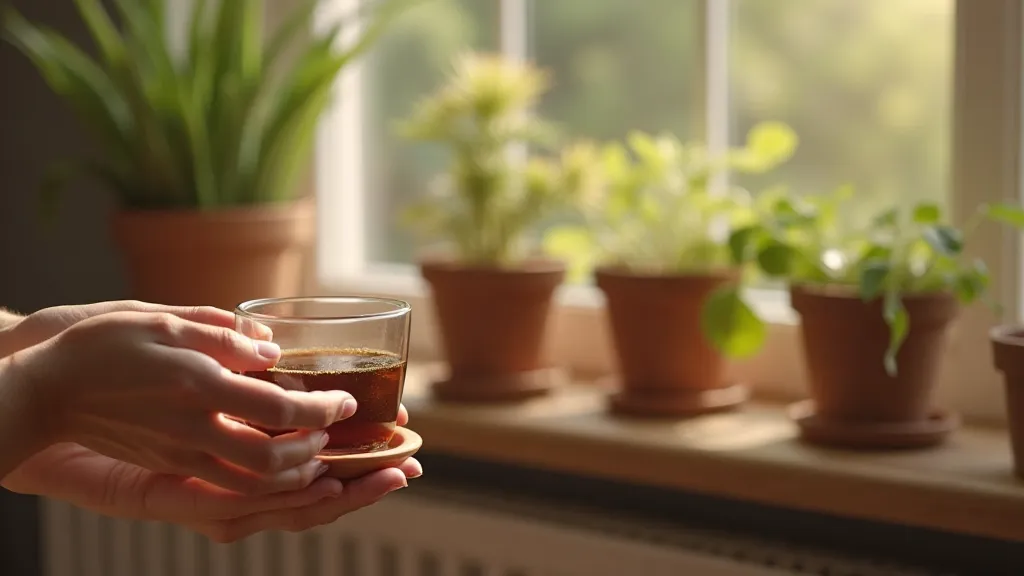
Integrating Rituals: Beyond the Bowl
Now, let's talk about integrating these herbal infusions into your pet's daily routine. It’s not just about offering a cup of tea (though, for some pets, that might be a welcome treat!). It’s about layering in intention, creating moments of connection and calm.
- Morning Hydration: Instead of plain water, offer a cooled, diluted herbal infusion. Chamomile for dogs can ease morning stiffness.
- Post-Exercise Relaxation: After a vigorous walk or play session, a mild infusion of peppermint (for dogs) can aid digestion and soothe muscles.
- Pre-Bedtime Calm: A tiny amount of chamomile (for dogs) can help promote relaxation and a more restful sleep.
- "Comfort Tea" for Stress: During thunderstorms or fireworks, a small amount of calming herbs (always under veterinary guidance) can help alleviate anxiety.
The key is subtlety. A little goes a long way. Don't force it. Observe your pet’s reaction. Just as you would listen intently to the subtle changes in tone when restoring an accordion’s reeds - a slight tightening here, a gentle cleaning there – you need to be attuned to your pet’s body language. A relaxed posture, a gentle sigh, a contented gaze – these are the signs that you're on the right path. Conversely, vomiting, diarrhea, or lethargy are clear warning signs to discontinue use and consult with a veterinarian. Understanding what your pet is truly “longing” for, beyond the simple taste of herbs, requires careful observation and a keen understanding of their behavior. It’s about decoding their verdant whisper and responding to their unique needs.
Think of the feeling you get when an antique accordion, painstakingly restored, begins to play again – a resurgence of music, a connection to the past. Offering herbal infusions to your pets isn't about finding a quick fix; it’s about fostering a deeper relationship, enriching their lives, and participating in an ancient tradition of natural wellness. It's a practice of mindfulness, a gesture of love, a beautiful way to say, "I see you, and I care about your well-being."
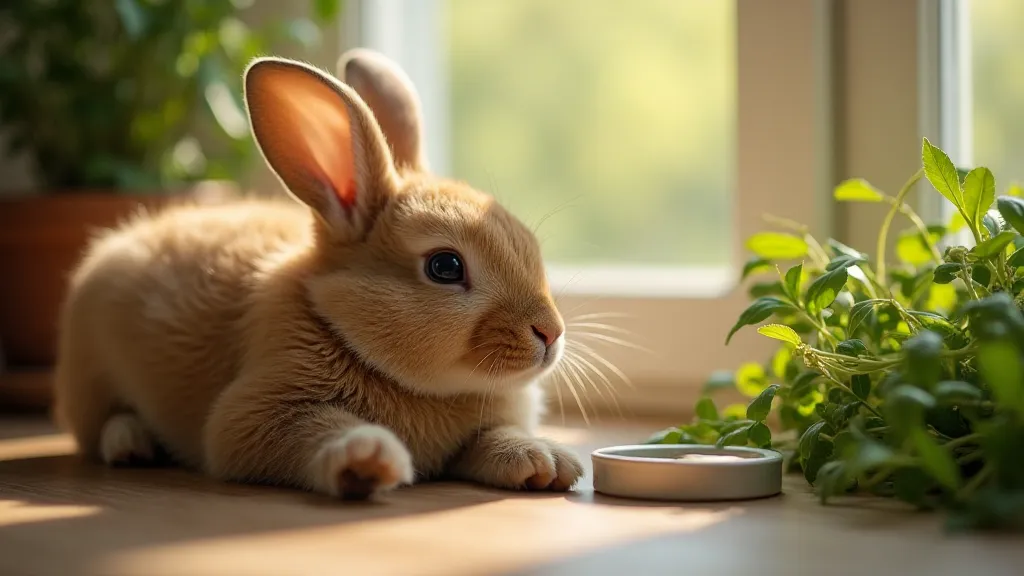
Beyond the immediate benefits of relaxation and digestion, there's a deeper understanding to be gained from these ancient practices. It’s not just about what the herb *does*, but how it interacts with the animal’s entire system, influencing their emotional state and physical health in profound ways. The careful selection and preparation of these herbal remedies requires more than just following a recipe; it demands a level of intuition and empathy that comes from years of observation and experience. Just like a skilled accordion restorer, you need to develop a “feel” for the instrument—a sense of what it needs to thrive. This journey of discovery can be both challenging and rewarding, ultimately strengthening the bond you share with your cherished companion.
Furthermore, the integration of herbal remedies is not a replacement for conventional veterinary care, but rather a complementary approach that can enhance overall wellness. Always consult with a qualified veterinarian before introducing any new herbal treatments, especially if your pet has any pre-existing health conditions. They can help you determine the appropriate dosage and ensure that the chosen herbs are safe and compatible with any medications your pet may be taking. With careful consideration and a holistic perspective, you can unlock the full potential of herbalism and provide your pet with a lifetime of health and happiness.
